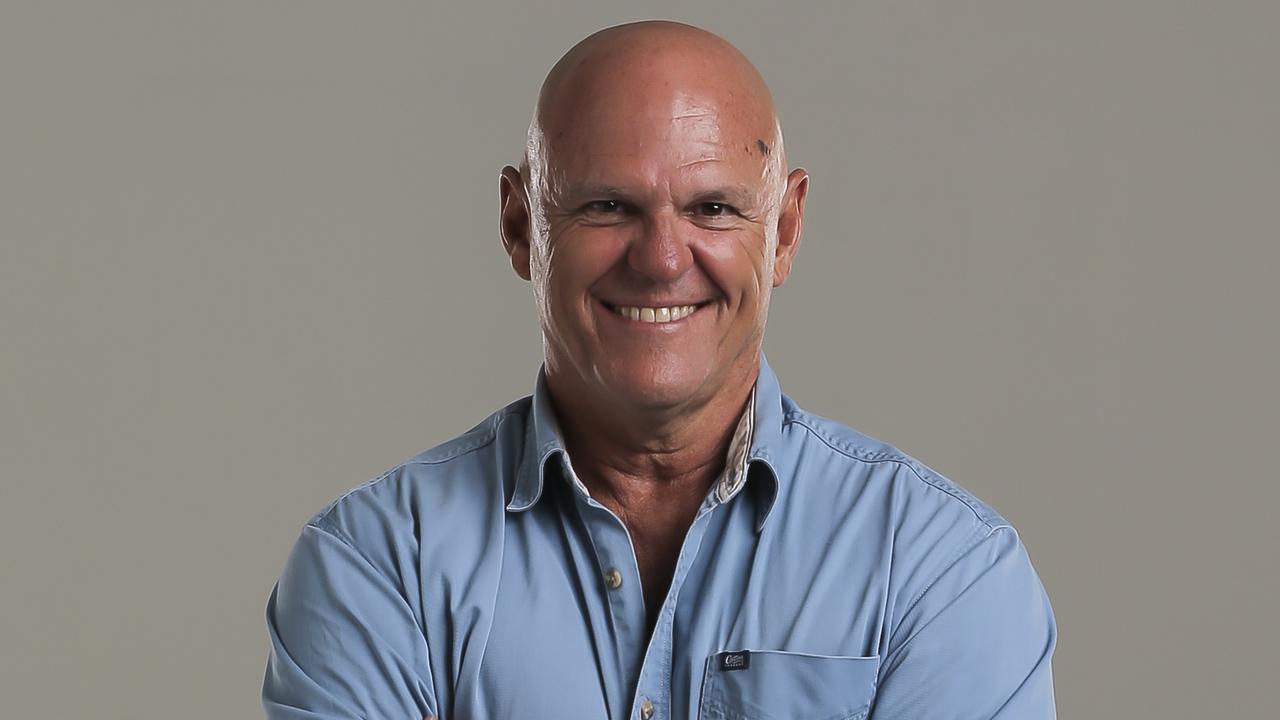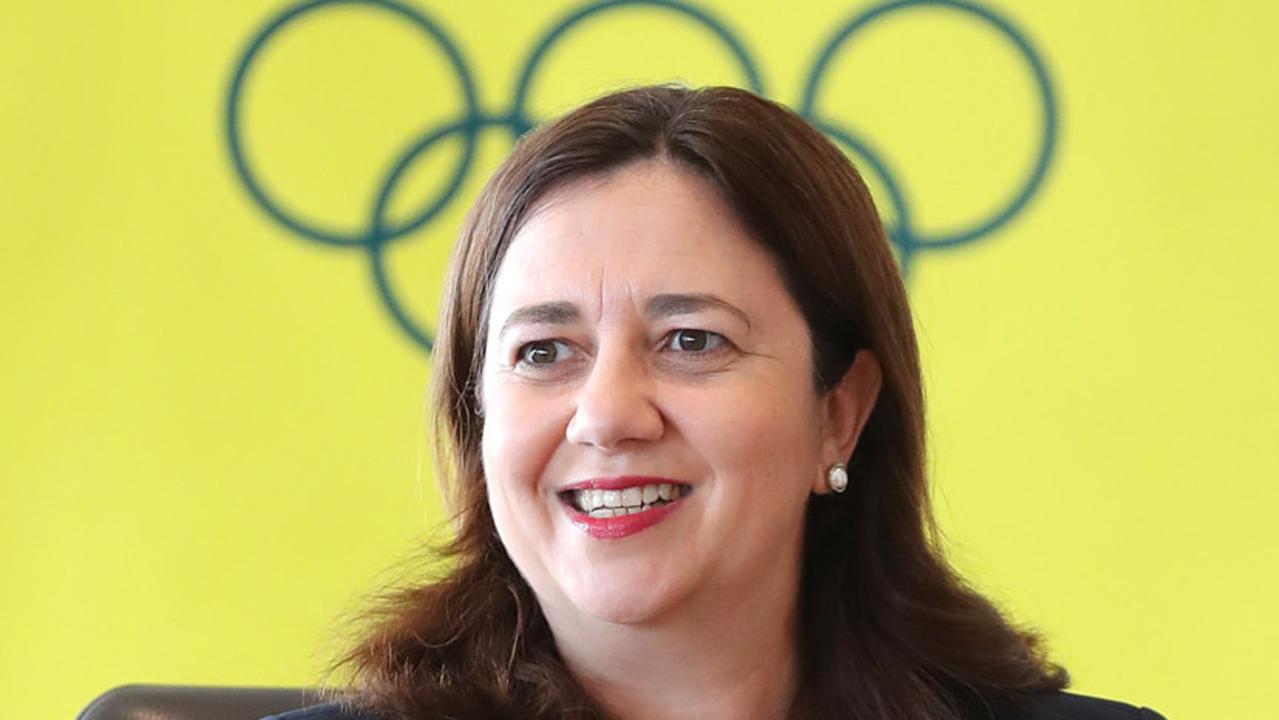OPINION: Lack of women at the Bar diminishes legal profession and broader community
JUSTICE Margaret McMurdo raised the Government’s ire with her call for more female judicial appointments.

Opinion
Don't miss out on the headlines from Opinion. Followed categories will be added to My News.
DURING the coming year, we lose two senior women judges: Justice Margaret Wilson and Chief Judge Patsy Wolfe.
With the Chief Judge’s retirement, the profession and the community will lose yet another iconic female judge and the District Court one of its most passionate and successful champions.
And speaking of passions, I turn now to mine: the need for gender equality at the Bar and the Bench. Let me remind you why it is important that women are approximately equally represented in these institutions and why I am concerned that this goal remains elusive, although for decades more women than men have graduated from Queensland law schools.
It is because lawyers, together with an independent judiciary, play an institutional role in Queensland’s democracy. Lawyers have a fiduciary duty to protect and pursue their clients’ rights under the rule of law, unswayed by the power, privilege or wealth of others, and subject only to their duties to the court as officers of the court.
Ensuring access to the rule of law for all, even unpopular litigants, strengthens our democratic institutions and the broader community.
Lawyers also play a critical role in ensuring the separation of powers.
I am especially proud to see women lawyers fulfilling this role. A topical example was last year’s Queensland Law Society president, Annette Bradfield, when she raised concerns about recent legislation which purported to transfer judicial power to the executive government. Those concerns were well-founded, as the Court of Appeal later found.
Barristers, as specialised legal advocates, are particularly well-placed to take on this institutional democratic role. That is why, if women are to fully embrace their democratic rights, they should be represented approximately equally with men, at the Bar and in the three branches of government, including the judiciary.
Court of Appeal president takes a swing at Attorney-General
Top lawyer backs Attorney-General
Former solicitor-general blasts Attorney-General
Report card time. First, the Bench. Of the Queensland-based judges in the Commonwealth jurisdiction, women comprise 17 per cent of Federal Court judges; 33 per cent of Family Court judges and an impressive 46 per cent of Federal Circuit Court judges.
Women presently comprise just under 30 per cent of Queensland Supreme Court judges; 20.5 per cent of District Court judges and 34 per cent of magistrates. The current Queensland Government, since coming to office about two years ago, has appointed 17 judicial officers: four Supreme Court judges, including two to the Court of Appeal, three District Court judges, including the Chief Magistrate, and 10 magistrates. All but one are men.
This means only 6 per cent of these appointments are women. While in no way detracting from the talents of these new judicial officers, I am concerned about the lack of gender diversity. If the trend continues, the number of Queensland women judicial officers will decline alarmingly as, shall we say, we more experienced women judicial officers continue on the path to retirement.
This decline in female judicial appointments is not because of any dearth of talented, experienced and in every way meritorious women candidates.
Then why only 6 per cent? Could it be because of an unconscious bias by those recommending and making the appointments so that well-qualified women candidates are invisible to them and not considered?
The recent paucity of female judicial appointments in Queensland, despite the large talent pool of women candidates, suggests the time may be right to consider establishing a Queensland judicial appointments process which makes visible to the judge-makers these suitably qualified women candidates who apparently have been invisible over recent years.
And now the Bar. The Bar Association of Queensland’s membership is 1376, of whom 304 or about 22 per cent are women, slightly up from last year’s 20.9 per cent. Of Queensland silks, nine or almost 9 per cent are women, up from last year’s 5 per cent. Four women Queen’s Counsel were appointed during the year. They are Soraya Ryan QC, Catherine Carew QC, Rebecca Treston QC, and Helen Bowskill QC.
In the last financial year, the percentage of female counsel appearing in the Queensland Court of Appeal was 14.7 per cent, a pleasing increase from 5.4 per cent in 2005-2006, but still significantly below the percentage of women at the Bar.
The continued under-representation of women at the Queensland Bar, from where the bulk of senior judicial officers come, is not just a women’s issue. It diminishes the whole Bar, the legal profession and the broader community.
The Bar Association of Queensland is also concerned about the low proportion of women members. As long ago as 2004, it adopted the Equal Opportunity Briefing Policy. But while this is strong, moral leadership, Bar Associations do not hand out briefs. More needs to be and can be done.
Justice Margaret McMurdo is president of the Court of Appeal. The above was extracted from a speech she gave to women judicial officers and barristers on March 21, in Brisbane.


